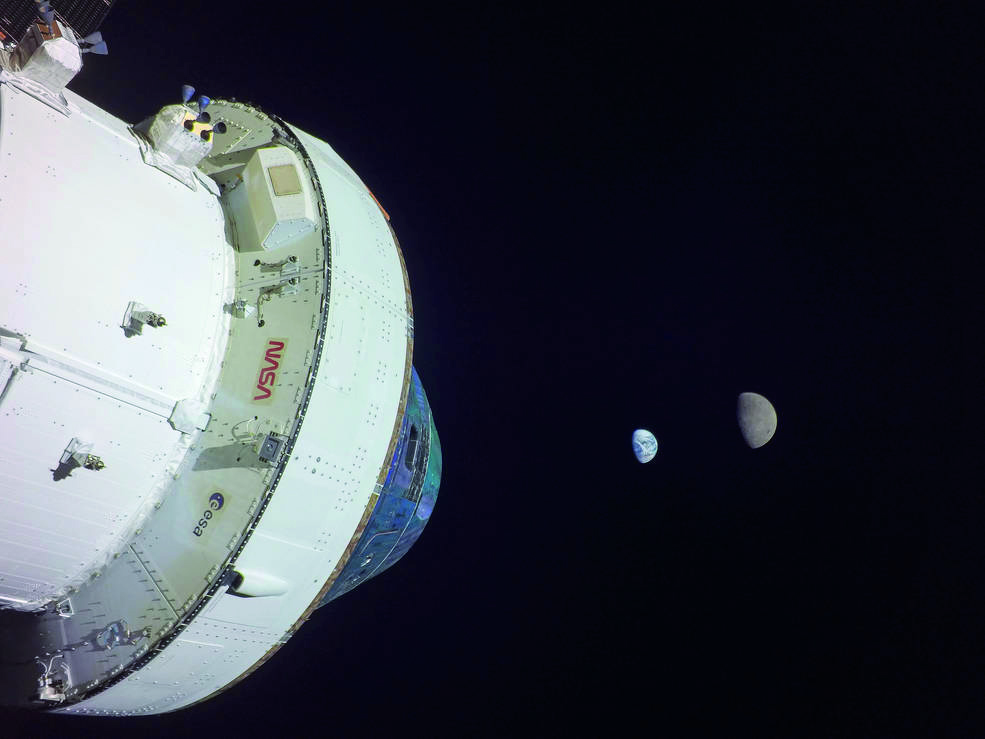NASA Moon capsule Orion due to splash down

Washington: After making a close pass at the Moon and venturing further into space than any previous habitable spacecraft, NASA's Orion capsule is due to splash down Sunday in the final test of a high-stakes mission called Artemis.
As it hurtles into Earth's atmosphere at a speed of 25,000 miles (40,000 kilometers) per hour, the gumdrop-shaped traveler will have to withstand a temperature of 2,800 degrees Centigrade (5,000 Fahrenheit) -- about half that of the surface of the sun. Splashdown in the Pacific off the Mexican island of Guadalupe is scheduled for 1739 GMT (9:39 am local time).
Achieving success in this mission of just over 25 days is key for NASA, which has invested tens of billions of dollars in the Artemis program due to take people back to the Moon and prepare for an onward trip, someday, to Mars. So far the first test of this uncrewed spacecraft has gone very well.
But it is only in the final minutes of this voyage that the true challenge comes: seeing if Orion's heat shield, the biggest ever built, actually holds up.
"It is a safety-critical piece of equipment. It is designed to protect the spacecraft and the passengers, the astronauts on board. So the heat shield needs to work," said Artemis mission manager Mike Sarafin.
A first test of the capsule was carried out in 2014 but that time the capsule stayed in Earth's orbit, so it came back into the atmosphere at a slower speed of around 20,000 miles per hour.
- Choppers, divers and boats -
A US Navy ship, the USS Portland, has been positioned in the Pacific to recover the Orion capsule in an exercise that NASA has been rehearsing for years. Helicopters and inflatable boats will also be deployed for this task.
The falling spacecraft will be slowed first by the Earth's atmosphere and then a web of 11 parachutes until it eases to a speed of 20 miles (30 kilometers) per hour when it finally hits the blue waters of the Pacific.
Once it is there, NASA will let Orion float for two hours -- a lot longer than if astronauts were inside -- so as to collect data.
"We'll see how the heat soaks back into the crew module and how that affects the temperature inside," said Jim Geffre, NASA's Orion vehicle integration manager.
Divers will then attach cables to Orion to hoist it onto the USS Portland, which is an amphibious transport dock vessel, the rear of which will be partly submerged. This water will be pumped out slowly so the spacecraft can rest on a platform designed to hold it.This should all take about four to six hours from the time the vessel first splashes down.



